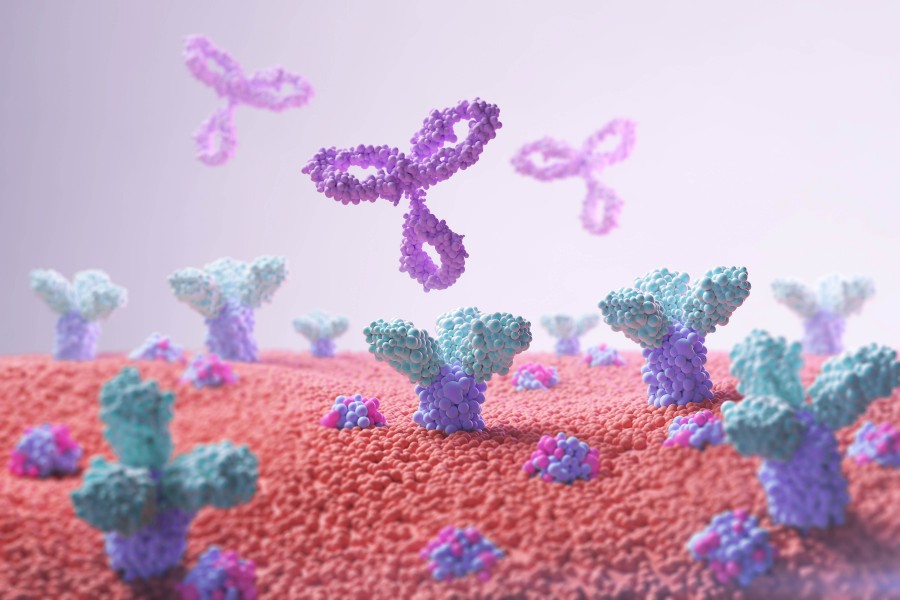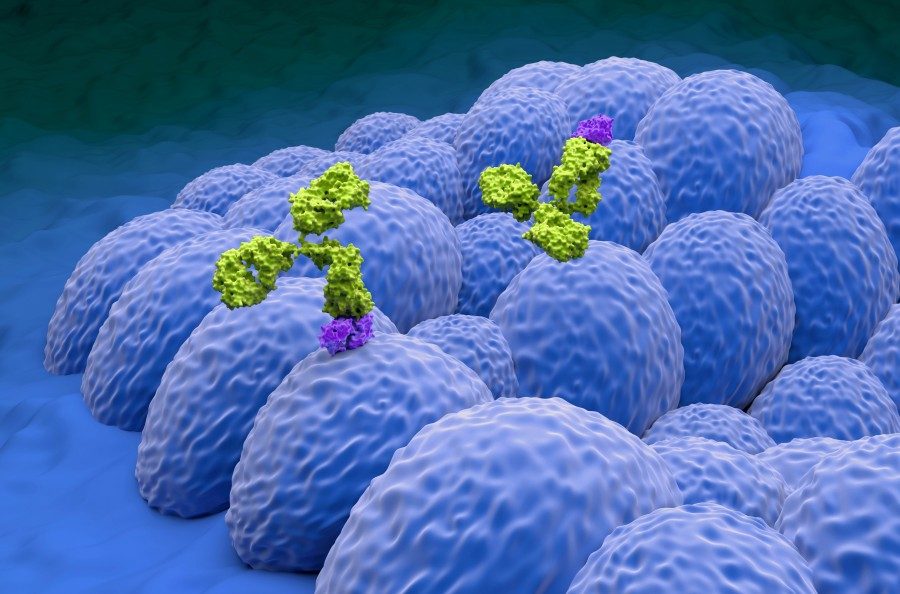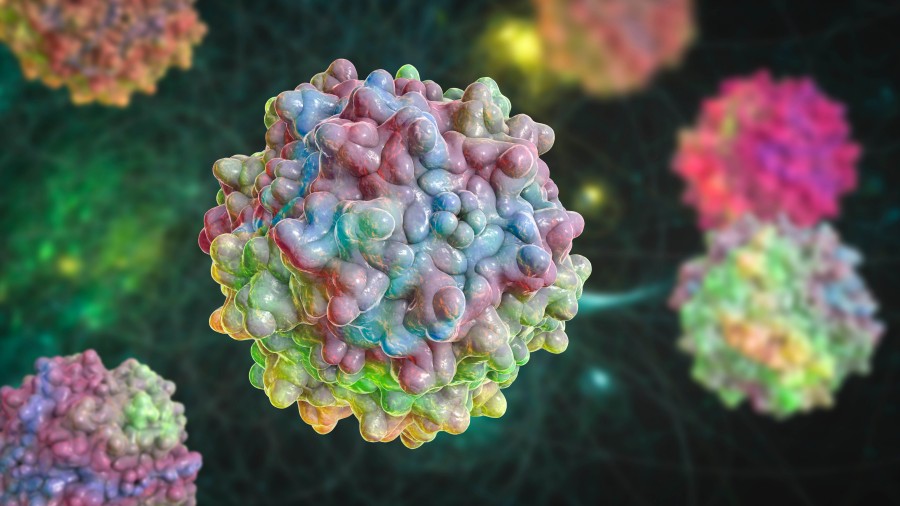
Thursday, September 4, 2025

Thursday, September 4, 2025

Thursday, September 4, 2025

Monday, February 10, 2025

Monday, February 10, 2025

Monday, February 10, 2025

Tuesday, January 21, 2025

Tuesday, January 21, 2025

Wednesday, December 18, 2024

Wednesday, December 18, 2024

Wednesday, December 18, 2024

Wednesday, December 18, 2024

Friday, November 15, 2024

Friday, November 15, 2024

Friday, November 15, 2024

Friday, November 15, 2024

Monday, October 21, 2024

Monday, October 21, 2024

Tuesday, October 8, 2024

Tuesday, October 8, 2024

Tuesday, October 8, 2024

Wednesday, August 28, 2024

Wednesday, August 28, 2024

Wednesday, August 28, 2024

Wednesday, July 31, 2024

Wednesday, July 31, 2024

Friday, June 28, 2024

Friday, June 28, 2024

Friday, June 28, 2024

Friday, June 28, 2024

Friday, June 28, 2024

Friday, June 28, 2024

Thursday, May 30, 2024

Monday, April 8, 2024

Monday, April 8, 2024

Monday, April 8, 2024

Monday, April 8, 2024

Tuesday, February 27, 2024

Monday, January 29, 2024

Friday, December 22, 2023

Friday, November 24, 2023

Wednesday, November 8, 2023

Wednesday, November 8, 2023

Monday, June 26, 2023

Monday, May 8, 2023

Monday, May 8, 2023

Thursday, March 9, 2023

Wednesday, December 28, 2022

Wednesday, December 28, 2022

Saturday, August 20, 2022

Thursday, January 27, 2022

Thursday, November 11, 2021

Friday, September 24, 2021

Friday, September 24, 2021

Friday, September 24, 2021

Tuesday, February 9, 2021

Tuesday, February 9, 2021

Sunday, December 20, 2020

Tuesday, November 10, 2020

Tuesday, November 10, 2020

Saturday, November 7, 2020

Saturday, November 7, 2020

Saturday, November 7, 2020

Saturday, November 7, 2020

Friday, October 9, 2020

Friday, October 9, 2020

Friday, October 9, 2020

Tuesday, September 8, 2020

Tuesday, September 8, 2020